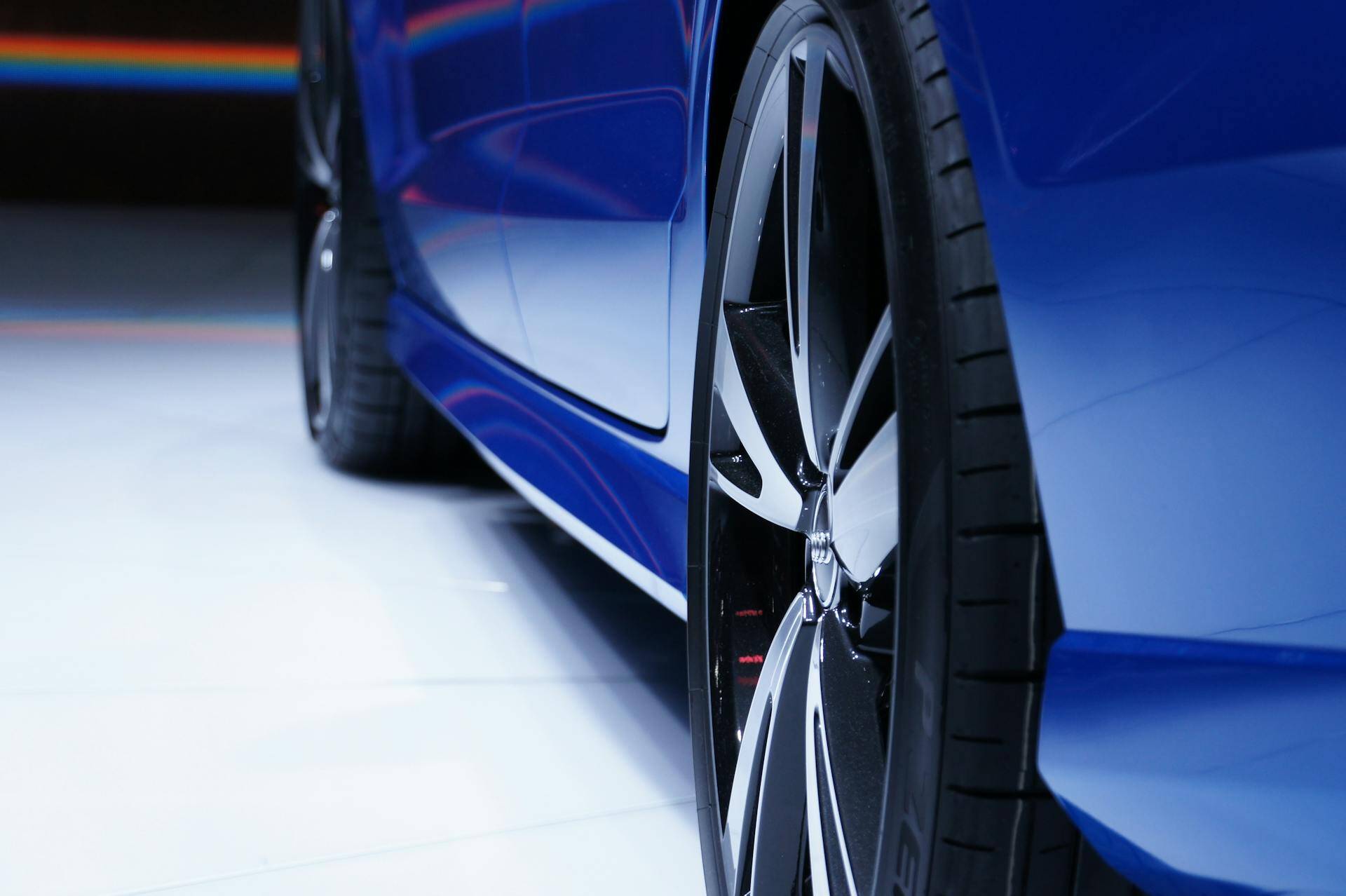How Long Does Paint Protection Film (PPF) Last?

Paint Protection Film (PPF) protects automotive parts during shipping, assembly, and even in long-term applications. Tier 1 suppliers and OEMs rely on PPF to both maintain the quality of individual components and ensure that vehicles meet customer expectations for durability and appearance.
What is Paint Protection Film?
PPF is a clear, durable film designed to shield various automotive parts from environmental hazards and minor abrasions. For Tier 1 suppliers and OEMs, it provide a flexible and cost-effective solution that protects components from scratches, UV exposure, and debris damage whether its applied temporarily for protection during shipping and assembly or used permanently on the finished vehicle.
High-quality PPF, especially when matched to the application and professionally installed, can last up to 10 years. However, several factors influence the actual lifespan of PPF in both temporary and permanent settings.
4 Factors That Affect PPF Lifespan
1. Environmental Conditions
Parts and vehicles exposed to harsh weather such as intense sun, heavy rain, or road salt will experience more wear on the PPF. For components protected only during shipping or assembly, PPF typically maintains effectiveness through transit and installation, protecting against minor impacts. Permanent applications require UV-resistant films to ensure the PPF does not degrade prematurely.
2. Application Type and Duration
For temporary applications, such as transit or assembly line protection, PPF is designed to endure short-term handling risks and prevent surface damage. In contrast, permanent installations typically used on areas vulnerable to road debris or UV exposure require films with longer-lasting adhesion and resilience to keep the vehicles appearance intact for years.
3. Quality of Film and Installation
The quality of PPF varies widely, and higher-grade films offer better adhesion, clarity, and resistance to environmental stressors. Proper installation ensures that the film adheres uniformly and performs effectively, whether applied temporarily for transit or as a permanent protective layer on the vehicle. Tier 1 suppliers and OEMs often benefit from working with providers like LINTEC Auto, whose products are engineered to meet automotive industry standards.
4. Maintenance and Care
For parts that experience temporary PPF protection during shipping, assembly, or on the lot, regular inspection helps ensure that the film remains intact. In permanent applications, routine cleaning with pH-neutral products extends the films lifespan by removing contaminants that can degrade the material. Minimizing the use of abrasive cleaning agents helps preserve the films integrity and clarity.
When to Replace or Remove PPF
Whether used as temporary protection or a long-term solution, PPF will eventually show signs of wear. Here are common indicators that PPF needs replacement:
In Temporary Applications:
- Visible Scratches or Scuffs: If road debris has penetrated the film, exposing scratches, its time for a new layer of protection.
- Peeling Edges: If the edges of the PPF start to lift, its best to remove it before assembly. Parts that undergo extended transit may require a quick inspection upon arrival to ensure they remain protected.
In Permanent Installation:
- Yellowing or Discoloration: UV rays can cause some films to fade over time, especially if the vehicle is frequently exposed to sunlight.
- Cracks, Bubbles, or Blisters: This is often a sign that the film has aged or was improperly installed.
- Loss of Gloss: When the film loses its glossy finish, it no longer looks good and may not be protecting your vehicle as intended.
Best Practices for Maximizing PPF Longevity
Following these best practices can help Tier 1 suppliers and OEMs get the most value from PPF:
- Choose the Right Film for Each Application: For transit and assembly protection, opt for films designed to withstand handling and minor impacts. In contrast, permanent installations on exterior surfaces benefit from UV-resistant, long-lasting films.
- Ensure Professional Installation: A precise installation helps avoid air bubbles, peeling, and uneven coverage, which can reduce the films effectiveness. By working with experienced installers, suppliers and OEMs can avoid premature film degradation.
- Implement Regular Inspections: For temporary applications, check PPF on components before final assembly to ensure it has maintained its protective capabilities. For long-term applications, inspect exposed PPF areas periodically to detect any signs of wear.
- Follow Maintenance Guidelines: In permanent applications, keep the film clean using pH-neutral products and avoid harsh chemicals or abrasive cloths that can damage the films surface.
FAQs
How long does PPF last in different applications?
Temporary applications typically last through the transit and assembly phases without issue, while permanent PPF can remain effective for up to 10 years with proper care.
Does PPF require special maintenance?
Temporary PPF requires minimal care, while permanent installations benefit from occasional cleaning with mild, pH-neutral products to maintain clarity and adhesion.
Can PPF be replaced or removed as needed?
Yes, PPF can be removed from parts after transit or replaced in permanent applications. Removal is recommended if the film shows signs of wear, such as peeling or discoloration.
How does PPF hold up under extreme conditions?
High-quality, UV-resistant PPF performs well in harsh conditions, such as intense sunlight or road salt exposure, but periodic inspections are advisable for long-term applications.
Will PPF discolor or degrade over time?
Certain films may yellow or fade due to prolonged UV exposure. Choosing UV-resistant options and following proper maintenance guidelines can help reduce these effects.
The Value of Paint Protection Film for Tier 1 Suppliers and OEMs
Paint protection film offers longer-lasting defense than other products, protecting your vehicles finish and preserving its value. By selecting a high-quality PPF and following proper maintenance, you can keep your car looking new for years. For more information about PPF options and installation, contact LINTEC today.
Get our guide, Protect Your Budget: 10 Automotive Films For the Vehicle Exterior, for more information on how to use automotive films to stay in control of costs in your supply chain.
